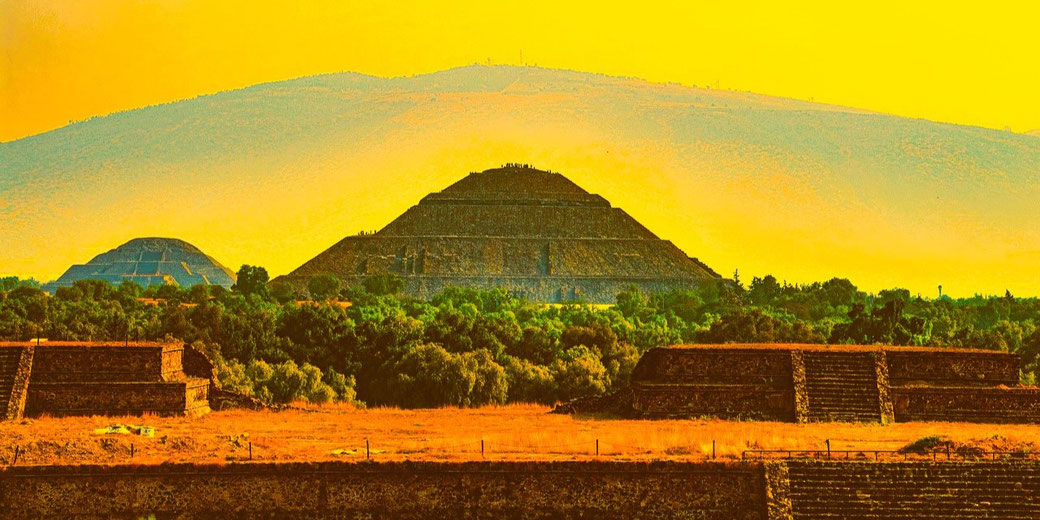El Dorado revealed: Unraveling the mysteries of the fabled 'city of gold'

The legend of El Dorado, a city made of gold, has fascinated people for centuries.
Conquistadors, explorers, and treasure hunters have searched for this mythical place, hoping to find the ultimate fortune.
However, despite centuries of searching, El Dorado remains a legend, a story shrouded in mystery and mythology.
In this article, we will separate the myth from reality and explore the origins of El Dorado.
Origins of the myth
The legend of El Dorado originates from the Muisca people, who inhabited what is now Colombia.
According to Muisca mythology, their leader, the Zipa, would perform a ritual in Lake Guatavita. The Zipa would cover himself in gold dust and paddle to the center of the lake in a raft.
Once there, he would throw gold and precious stones into the water as an offering to the gods.
This ritual symbolized the Zipa's power and wealth, and it was said that the lake contained an immense amount of gold.
Spanish obsession
The Spanish first heard about El Dorado in the 1530s from indigenous people they encountered during their conquest of the Americas.
The legend of El Dorado quickly captured the imagination of the Spanish, and they began to search for this mythical place.
Spanish explorers, such as Gonzalo Jiménez de Quesada and Francisco de Orellana, led expeditions into the heart of South America, hoping to find El Dorado.
However, these expeditions were unsuccessful, and El Dorado remained a legend.
Despite the lack of evidence, the myth of El Dorado persisted, and it became a symbol of wealth and prosperity.
The idea of a city made of gold fueled the dreams of treasure hunters and adventurers, who continued to search for this mythical place.
The legend of El Dorado also influenced the colonization of South America, as the Spanish and Portuguese believed that there were vast reserves of gold and silver waiting to be discovered.
Modern identifications
In the 19th and 20th centuries, archaeologists and historians began to investigate the legend of El Dorado.
They discovered that the Muisca people did perform a ritual in Lake Guatavita, but the amount of gold thrown into the water was not as vast as the Spanish had believed.
The lake did contain gold, but it was not the city of gold that the Spanish had imagined.
Today, the legend of El Dorado persists as a cautionary tale. It shows the dangers of chasing after wealth and power without regard for the consequences.
The myth of El Dorado also reveals how myths and legends can shape our perception of history and influence our actions.
El Dorado may be a myth, but its legacy continues to endure.
A cautionary tale?
El Dorado is a fascinating legend that has captured the imagination of people for centuries.
While the reality of El Dorado may be less glamorous than the myth, it continues to inspire adventurers and treasure hunters to this day.
The story of El Dorado is a reminder of the power of myth and legend and how they can shape our perception of history.
Ultimately, the true value of El Dorado lies not in its gold but in the lessons we can learn from its legend.
What do you need help with?
Download ready-to-use digital learning resources
Copyright © History Skills 2014-2025.
Contact via email
With the exception of links to external sites, some historical sources and extracts from specific publications, all content on this website is copyrighted by History Skills. This content may not be copied, republished or redistributed without written permission from the website creator. Please use the Contact page to obtain relevant permission.





